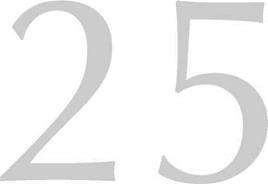Rivers and fields contribute to persistent visual stimulation, a characteristic of productive urban landscapes. In some cases direct relationships exist between spaces with different temporal rhythms, for example a river, with its frequent surface undulations reflecting a dappled light, and a gentle sound, seen against the slower rhythms of crop lifecycles.
The arrangement of furrows and beds for planting, which are found in typical urban agriculture sites and market gardens the world over, echo ancient patterns of spatial divisions, found in nature and agriculture (see Plate 16). The artist Tom Phillips, has speculated that primal marks found in the natural landscape, for example line, point, and hatch, as well as characteristics such as branching, forking, repetition, and variation, provide a basic visual grammar and syntax, from which ornament has been derived (Phillips, 2003). The same words used by Tom Phillips to describe the natural environment can be used to describe the conditions found in urban agriculture fields. Continuing this train of thought it can be argued that the appeal of agricultural landscapes derives from an ancient understanding of the marks they make in the landscape, which can be read as an elemental form of ornament. Thus, urban agriculture in particular can be read as a deeply understood form of ornament within the city. Through urban agriculture it is possible to experience urban ornament.

REFERENCES:
Philips, T. (2003). The Nature of Ornament: A summary Treatise. Architectural Review, Vol. CCXIII, No.1274, 79-86.
Viljoen, A. (1997). The environmental impact of Energy Efficient Dwellings taking into account embodied energy and energy in use. In European Directory of Sustainable and Energy Efficient Building 1997. James and James (Science Publishers).
Viljoen, A., and Bohn, K. (2000). Urban Intensification and the Integration of Productive Landscape. July 2000. Proceedings of the World Renewable Energy Congress VI, Part 1, pp. 483-488, Pergamon.
|
|



